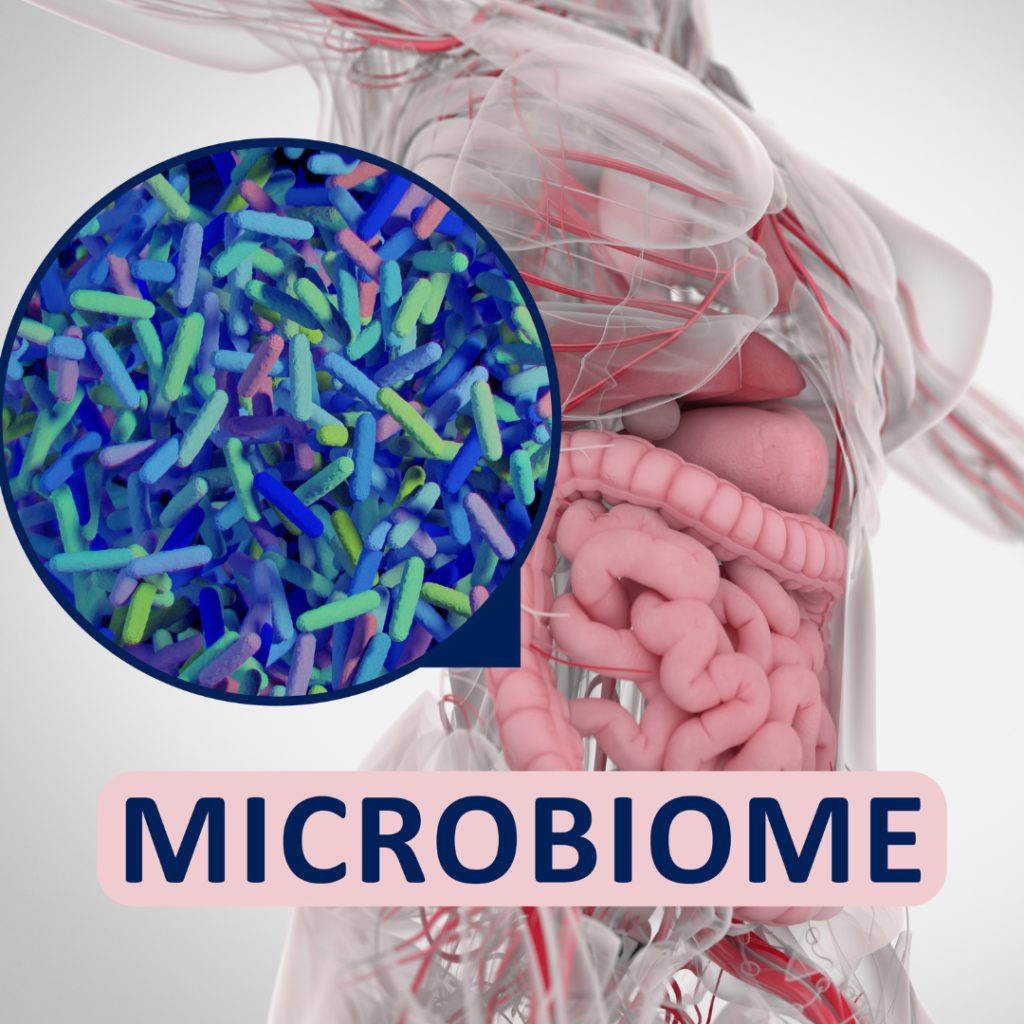Who Needs Liver Detoxification?
By Susan Tanner, MD – complete article written originally for and found at SinusitisWellness.com.
Who needs liver detox? Everyone!
The liver is the largest organ in the human body, second only to the skin; at any one time, it contains 1/3 of the body’s total blood volume. Often, the liver is only thought of in terms of its role in aiding digestion. Certainly, that is one of its purposes, but what is even more intriguing, and a function we cannot live without, is the liver’s primary and essential role in detoxification.
While other organs, such as the skin, kidneys, and the colon, are also very much a part of the body’s detoxification process, the liver is unique in its two-step toxin elimination process: It must first convert fat-soluble toxins into water-soluble forms, and then these water-soluble toxins must be eliminated from the system. A good way to illustrate this process is to picture first collecting garbage into a receptacle inside your home and then emptying that garbage outside into a trash pile. This illustration works, because you cannot continue to stockpile trash inside your home in a receptacle forever. At some point, the trash must be taken out and dumped, or your home will soon fill with garbage. As you will see, when detoxification processes are not optimized, your body can be quite similar, piling up with harmful toxins that can make you sick.
Toxin Exposure and the Liver
The liver is in a constant process of detoxification, as toxins are not only the compounds that we ingest, breathe in, or absorb through our skin but are also those formed naturally by the breakdown of hormones and digestive processes. If liver detox is not working well, then myriad symptoms and illnesses may occur, including disturbed sleep, itchy skin, clammy hands, muscle aches or cramps, fatigue, headaches, nausea and other digestive symptoms, fluid retention, and jaundice.
Let’s face it. We are surrounded by environmental toxins every day. Car exhausts, industrial pollutants, pesticides, and other chemicals are in our air, and we breathe them constantly. Inside our homes, flame retardants, perfluorinated chemicals in nonstick cookware, glues in particleboard, and artificial scents, such as Plug-Ins add to the load. Alcohol in any form and foods containing preservatives and coloring agents are other sources of burden for liver function. Many prescribed medications must also be broken down through the liver in order for the byproducts to be eliminated from the body. So, as you can see, if you have had exposure to mold and mycotoxins in your home, car, or workplace, this adds exponentially to an already hard-working detoxification system and sometimes is just enough of straw to completely break the camel’s back.
The liver is the largest organ in the human body, second only to the skin; at any one time, it contains 1/3 of the body’s total blood volume. Often, the liver is only thought of in terms of its role in aiding digestion. Certainly, that is one of its purposes, but what is even more intriguing, and a function we cannot live without, is the liver’s primary and essential role in detoxification.
While other organs, such as the skin, kidneys, and the colon, are also very much a part of the body’s detoxification process, the liver is unique in its two-step toxin elimination process: It must first convert fat-soluble toxins into water-soluble forms, and then these water-soluble toxins must be eliminated from the system. A good way to illustrate this process is to picture first collecting garbage into a receptacle inside your home and then emptying that garbage outside into a trash pile. This illustration works, because you cannot continue to stockpile trash inside your home in a receptacle forever. At some point, the trash must be taken out and dumped, or your home will soon fill with garbage. As you will see, when detoxification processes are not optimized, your body can be quite similar, piling up with harmful toxins that can make you sick.
Liver Detoxification
Phase 1:
It is helpful to understand in a little more detail how liver detoxification works. We refer to “phase 1 detoxification” as the modification of toxins so that they can then work with the enzymes of “Phase 2 detoxification” to be eliminated. A family of enzymes called cytochrome P450 drives the majority of Phase 1 reactions, and you may well have heard this term when referring to many medications that people take, as about 75% of them require these enzymes for processing. The end result of this Phase 1 is that it renders the toxin water-soluble and able to be further packaged before excretion. This is a good thing in general, but this biological activity produces a lot of free radicals which, if left unabated, leads to additional oxidative stress on the body systems.
Supporting Phase 1 Detoxification
One of the most important ways of supporting Phase 1 liver detoxification is to MINIMIZE EXPOSURE to toxins. That, of course, means getting rid of the mold and mycotoxins in the indoor environment and to eliminate the use of common toxins in the household as mentioned above. Other ways to support this phase include:
Eating Organic Foods: This minimizes exposure to pesticides and chemicals.
Consuming Antioxidant-Rich Foods: Antioxidants act as free-radical scavengers in the body and help to abate oxidative stress. Foods such as broccoli, berries, nuts, garlic, turmeric, and green tea are excellent sources of antioxidants.
Incorporating Specific Nutrients: Zinc, B vitamins, N Acetyl Cysteine are all helpful in combating oxidative stress.
Using Herbal Protective Formulas: Herbs such as milk thistle actually protect the liver specifically from toxic insults.
Increasing Oxygen in the Cells: Clean air is essential, but exercise and breathing exercises also increase oxygen in cells. For mold illness treatment, in particular, the use of home oxygen also has many benefits in aiding detoxification and recovery.
Phase 2:
Moving on to Phase 2, we can understand that it gets its name from the fact that it works on the products of Phase 1. The chemical processes of Phase 2 are called conjugation reactions. By definition, ”conjugation” means to join things together. Phase 2 involves joining products from Phase 1 with other molecules. This makes the toxins less reactive and also makes them more water-soluble. They can then be excreted into the blood to pass through the kidneys for elimination in the urine or can excrete into the bile for elimination into the colon and feces.
Phase 2 has some major pathways that I will mention briefly (in a way that won’t require huge study in biochemistry!) to help you understand the many processes at work in this phase of detoxification.
Glucuronidation
This is the most common Phase 2 pathway, as it helps to clear at least half of prescribed drugs. It also breaks down some chemicals, such as BPA used in plastic containers. The end products of glucuronidation are excreted through the bile.
Methylation
This topic was discussed at length in our article two weeks ago, and there are certainly genetic variants in this process. B12, B6, and Folate are essential here.
Acetylation
Responsible for helping the body to clear carcinogens, such as those in the diet, cigarette smoke, and car exhaust. It also helps clear histamine and caffeine.
Sulfation
This process clears some carcinogens and acetaminophen and typically excretes those toxins into the kidneys and urine.
Supporting Phase 2 Detoxification
In general, it is important to make sure that Phase 2 can keep up with Phase 1. If Phase 1 works too fast with inadequate Phase 2 support, then the harmful intermediate substances can overwhelm the liver cells. The following are some helpful nutrients for Phase 2:
Specific Amino Acids: found in good protein foods such as meat, poultry, eggs, and nuts.
Magnesium: This supports glutathione production and methylation enzymes. Good food sources include almonds, pumpkin seeds, and sesame seeds.
B Vitamins: As mentioned, B6, B12, and folate are important for methylation and may be found in spinach, sunflower seeds, avocado, meats, and poultry. If vegetarian, supplementation with Vitamin B12 is a must!
“Stinky”, Cruciferous Veggies–Broccoli Sprouts, Cabbage, Brussels Sprouts, and Cauliflower: These are a wonderful source of sulforaphane, which not only helps in glutathione production for toxin elimination (including mycotoxins) but also in proper hormonal by-product elimination. These are often recommended for increased protection from breast cancer, prostate cancer, and other hormonally driven syndromes.
Flavonoids: One that we have been hearing quite a bit about in recent times is ellagic acid, which is abundant in pomegranates and many berries. Ellagic acid promotes the activity of Phase 2 detox while decreasing Phase 1 and may help keep the damaging intermediates in check.
Toxin Elimination
Now that you have some overview of the two phases of liver detoxification, the final part to understand is eliminating those toxins from the body. The garbage cannot pile up in the trash bin forever; it must be dumped! For the body to do this, it is essential that the kidneys and colon are functioning optimally to eliminate toxins through urine and stool. Constipation must be avoided, and the use of extra magnesium, fiber, aloe vera, and ginger may be helpful for that. Hydration is also extremely important. Drinking half your body weight in ounces of clean, purified water daily will help to keep you hydrated and eliminating properly.
In Conclusion
The active support of liver detoxification is not a gimmick or a health fad; it is a necessity, especially in today’s world. The liver plays a crucial role in processing and assisting our bodies to transform and excrete harmful toxins we come into contact with through our diets and environments but also the byproducts of basic hormonal and bodily functions. When toxic mold comes into the picture, the liver can be easily overburdened and toxins of all kinds can then recirculate and wreak havoc wherever in the body they end up. This is why multisystem symptoms and autoimmune disease are hallmarks of mycotoxicosis and mold-triggered illness. Supporting Phase 1 and Phase 2 liver detoxification during any mold illness treatment is, therefore, a crucial piece of the recovery puzzle.
For a quick, final review on the processes of liver detox and how to best support it:
Phase 1: Cytochrome P450 enzymes drive Phase 1 reactions helping to convert various sources of toxicity in the body into water and oxygen. This phase is best supported by AVOIDANCE of toxins in addition to NAC/glutathione, B vitamins, zinc, and oxygen.
Phase 2: Reactions conjugate the metabolites created in Phase 1 to make them more hydrophilic (water-soluble) for secretion into blood or bile. There are different avenues for conjugation performed in phase 2 reactions: glucuronidation, methylation, acetylation, and sulfation. Phase 2 is best supported with amino acids from proteins, magnesium, glutathione, B vitamins, broccoli and other cruciferous vegetables, and Flavonoids.
Transportation/Excretion: This is where the toxins are transported and excreted out of the body to avoid recirculation. Support this best with proper hydration, adequate amounts of fiber in the diet, sometimes binders for toxins like mold and heavy metals, and bowel support like probiotics.


